Both on and off the set, the Gaffer or Chief Lighting Technician is one of the most important positions around. Though the average movie goer most likely has no idea the job even exists, they probably don't know what 99% of the other crew is/does either.
From the time a DP signs on to a project, the race begins to bring on all the preferred crew, arrange and determine all of the lighting needs for the film including day shoots, night shoots, generator (power) needs as well as any specialty lighting gags and much more. This work is generally finished in a short amount of time as most low-budget feature films, short films, music videos, etc. are given very slim to no prep time. Having a strong relationship with the cinematographer is vital at this stage.
Depending on factors like budget, shooting length, camera format, location, and more, the Gaffer will choose which units are right for a look and scene the DP wants to achieve. Because of all the factors at play, a Gaffer must know most of the 100+ units (lights) in order to make the best decision for each specific use. Understanding and translating the DP's vision onto paper, and into rental forms is something that requires a strong technical knowledge as well as a creative mind for how those units will be set and adjusted. These technical breakdowns can be even more vital when working on a stage for long periods of time when hundreds or even thousands of units will be hung from the overhead grid. This is most often the case with television and feature film. At that stage, a Gaffer will bring his Best Boy Electric into discussion so that they can begin to formulate these ideas into detailed requirements which one, or many rental houses will need to fulfill. Specifically, the BBE will make sure there is enough cable to distribute power around the set, to the lights, etc. as well as all the contents of the lighting truck, generator and most of the paperwork for the Electric Dept. like contracts, call sheets, etc.
Once production begins, the DP and Gaffer should be highly familiar with the look and desired feel for the show. It would be very inefficient to constantly be asking the DP what they'd like to see for the next scene or setup. As a Gaffer, a large part of the job is executing the lighting plan for each setup by communicating with Electrics to bring certain lamps to the set, and roughing in the look. Once the Gaffer is happy with the progress, he'll call in the DP so that they can make final adjustments and have "last looks" before the cameras roll. This process continues from the first day of shooting to the last, and is a balancing act between lighting quickly between setups, lighting efficiently as to minimize the number of relights, as well as prepping units for larger setups later in a day and wrapping units effectively back to the truck to minimize the wrap time at the end of a day. Additionally, when not on the set, the Gaffer may talk with the BBE about future setups or scenes requiring larger or specialty lights. These may be picked up at a later date and will need to be orchestrated with other departments to make sure they are at the right place at the right time. If not, you could delay shooting or even cause something to be rescheduled which you never want to do.
Working as a Gaffer is a little like being a General orchestrating troops into battle. Even though you may have a strong battle plan, Murphy comes around and you realize that things change quickly. It's important to be on your toes and ready for anything. Orchestrating Electrics around the set and working on multiple elements all at once can become overwhelming, so again, you should know the look and style inside and out. You can never meet with the DP in pre-production too many times. :) Being a good manager of the department is just as important as lighting the set for the DP. Without good communication, time management and the respect of the crew around you, things will slow down and you'll become the 1st AD's best friend...which you don't want.
These elements are only a slice of the pie when it comes to being a successful Gaffer and it takes a lifetime of learning to truly get it right. As serious of a job as it often is, there is usually room for a little downtime too. Cheers.
Andrew Brinkhaus, Gaffer
andrewbrinkhaus@gmail.com for any questions or comments.
Just updated your iPhone? You'll find new emoji, enhanced security, podcast transcripts, Apple Cash virtual numbers, and other useful features. There are even new additions hidden within Safari. Find out what's new and changed on your iPhone with the iOS 17.4 update.



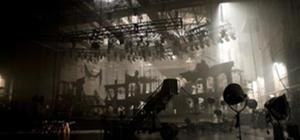


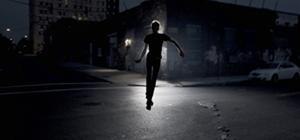
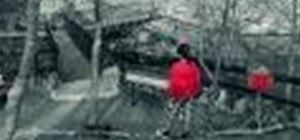
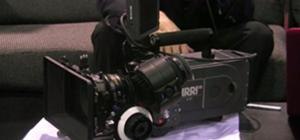
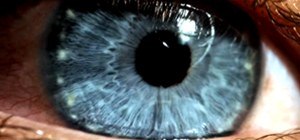




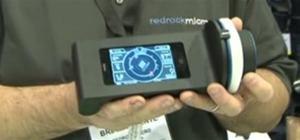



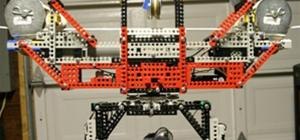

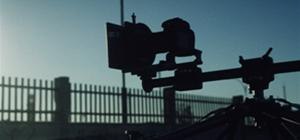




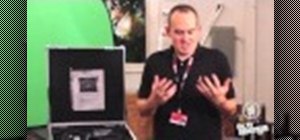
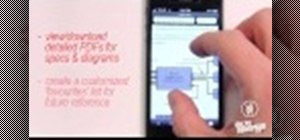
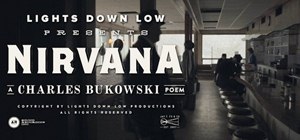


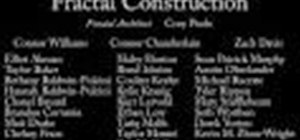

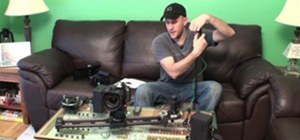

1 Comment
Andrew is my favorite Gaffer; sometimes he skydives too, I hear :)
Share Your Thoughts